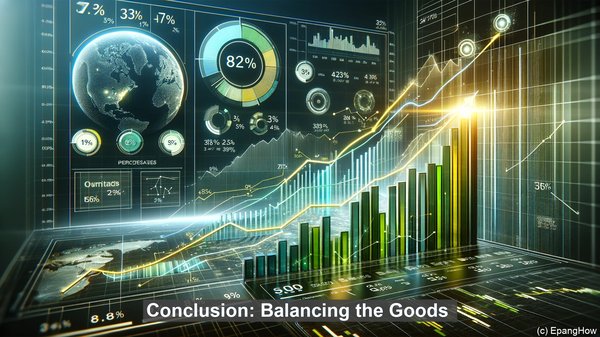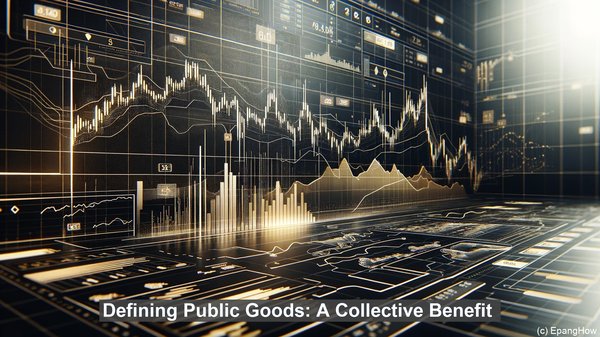Introduction: The Diverse Realm of Goods
Welcome to our exploration of public goods and private goods. In the realm of economics, goods play a pivotal role. They encompass a wide range of items, from tangible products to intangible services. Today, we’ll focus on two distinct categories: public goods and private goods.
Defining Public Goods: A Collective Benefit
Public goods are characterized by two key attributes. Firstly, they are non-excludable, meaning that once provided, it is difficult to prevent anyone from enjoying their benefits. Secondly, they are non-rivalrous, implying that one person’s consumption of the good does not diminish its availability to others. Classic examples of public goods include street lighting, national defense, and public parks.
Private Goods: Exclusive Ownership and Rivalry
In contrast, private goods are both excludable and rivalrous. This means that access to these goods can be restricted, and their consumption by one individual reduces the quantity available for others. Common private goods range from everyday items like food and clothing to luxury goods such as high-end electronics.

The Free Rider Dilemma: A Challenge for Public Goods
Public goods often face a unique challenge known as the ‘free rider’ problem. Since these goods are non-excludable, individuals can benefit from them without contributing to their provision. This can lead to underinvestment and a potential shortage of public goods. Overcoming this dilemma requires mechanisms such as government intervention or collective action.

Pricing and Market Dynamics
The distinction between public and private goods also has implications for pricing and market dynamics. Private goods, being excludable, can be assigned a price based on supply and demand. In contrast, public goods, with their non-excludable nature, often rely on government funding or taxation to ensure their provision. The absence of a market price for public goods can make their allocation and distribution more complex.
Externalities: The Ripple Effect
Both public and private goods can have externalities, which are the unintended consequences of their production or consumption. Positive externalities, such as the societal benefits of education, can justify public investment. Conversely, negative externalities, like pollution from private industries, may necessitate regulations or corrective measures.
